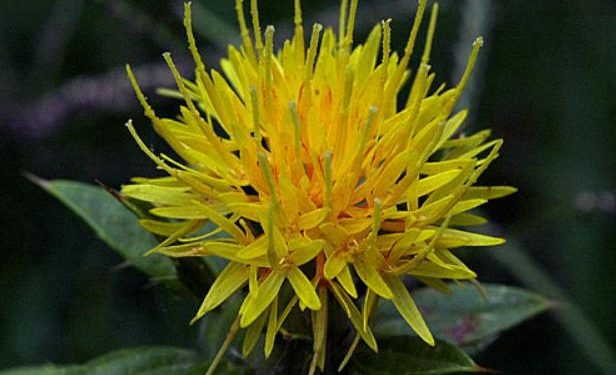Underutilized crops are potentially valuable resources for meeting increasing food demands. Safflower, an oilseed crop, is an example of one such underutilized crop that thrives in moisture-limited areas. Safflower has a long history of cultivation. Some would classify it as the world’s oldest crop. Because safflower was introduced to many lands, it is known by a number of different names, for example, false saffron, benihana, safflor, thistle saffron, and so on. Safflower is a plant of desert origin. Flowering takes place during the warmest part of the growing season.
Safflower seed consists of a tough fibrous hull that protects the kernel. Attempts have been made to produce commercial hybrids of safflower seed by exploiting heterosis to increase seed or oil content.
Safflower oil is pale yellow to golden and exhibits the highest level of linoleic fatty acid of any commercial oil. This high level has made safflower oil attractive to consumers.
Photo: https://en.wikipedia.org/wiki/Safflower
Source: Yeo, J., Shahidi, F. and Smith, J. (2024). Safflower Oil. In Bailey’s Industrial Oil and Fat Products, F. Shahidi (Ed.). https://doi.org/10.1002/047167849X.bio052.pub2
Error




